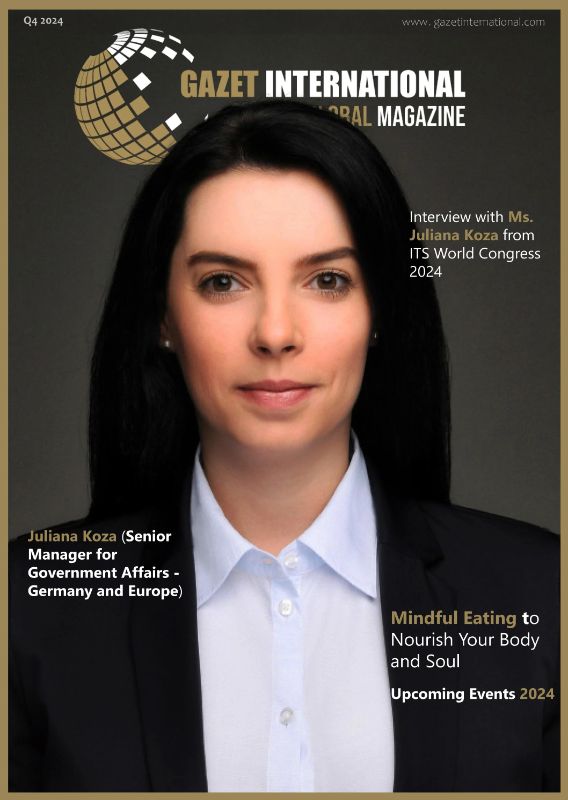Dubai’s Gold Souk, known as the “City of Gold”, traditionally features 22-karat gold jewellery. It is popular for weddings, religious events, and family investments.
However, gold prices have hit record highs above $3,400 an ounce. This is causing buyers to consider diamonds and lighter gold jewellery.
U.S. tariffs have intensified demand for gold as an investment. But Andrew Naylor of the World Gold Council (WGC) notes a different impact on gold jewellery.
He states, “In markets like Dubai, this creates a two-fold effect: on one hand, you see stronger interest in gold as a safe-haven asset, on the other, high prices dampen jewellery demand.”
Retailers at Dubai’s Gold Souk are observing this trend. Current prices are leading shoppers to explore alternatives.
Fahad Khan, a sales representative at Damas Jewellery, says, “There are no potential customers nowadays because of the gold prices.”
Lalita Dave, browsing the Gold Souk, added, “It’s a little bit tough to afford gold, so I think it’s better to go with diamonds.”
Dubai has attracted gold buyers for at least 80 years. Iranian and Indian traders established this trend, both cultures value 22-karat jewellery for adornment and investment.
But as gold prices increased by 27% last year, gold jewellery demand in the UAE dropped by around 13%. This is more than the global drop of 11%, according to the WGC.
The WGC’s February report predicts further pressure on jewellery demand in key regions in 2025. This will occur if gold prices remain high or volatile.
They noted that price swings, more than price levels, are increasingly shaping consumer behavior, especially in India. Indian purchasing patterns often influence Gulf markets like the UAE. Buyers in these markets are key drivers of sales.
Goldman Sachs recently raised its end-2025 gold forecast to $3,700 per ounce. They suggest that prices could even reach $4,500.
Russ Mould, investment director at AJ Bell, commented, “Higher gold prices are likely to dampen demand for jewellery, in a classic example of how the best cure for high prices is high prices.”
The rise of lab-grown diamonds marks one sign of economizing. India exported $171 million worth of lab-grown diamonds to the UAE in 2024. This is an increase of almost 57% from $109 million two years earlier.
India’s exports of cut and polished diamonds to the UAE in the April–November 2024 period increased by 3.7%.
Trade data indicates that the UAE ranked third in global diamond imports in 2023. Its primary trade partners include India, South Africa, and Belgium. In 2023, the UAE accounted for just 1.5% of the global diamond jewellery market by revenue.
However, it is projected to grow by 5.9% annually to reach nearly $2 billion by 2030. That outpaces the global growth forecast of 4.5%. It makes the UAE the fastest-growing market in the Middle East and Africa.
Trade tensions are impacting the market. Two executives at major Indian diamond exporters told Reuters that recent trade tensions with the U.S. have accelerated talks about finding alternative markets and production hubs.
One source, speaking anonymously, said his company’s contingency plans included shifting some Indian production overseas, including to the UAE, if tensions persist for years.
Shamlal Ahamed, managing director at Malabar Gold & Diamonds, told Reuters that design preferences, not pricing, seem to drive the rise in lab-grown diamond jewellery sales in the UAE. He remains optimistic about gold jewellery demand.
He stated, “While price-conscious buyers may wait for a dip, our experience shows that such declines are often short-lived, with buyers quickly adapting to new price levels.”
Click here for more Business news.


